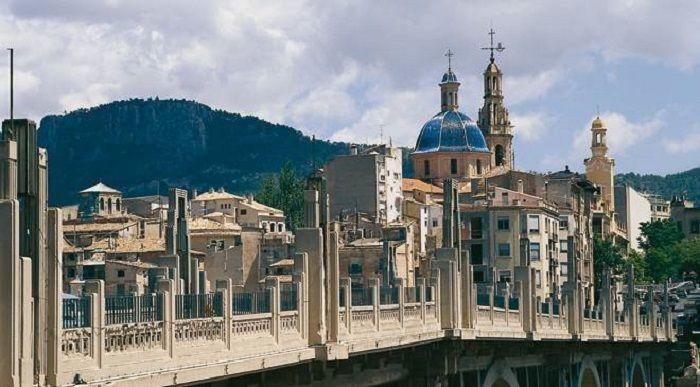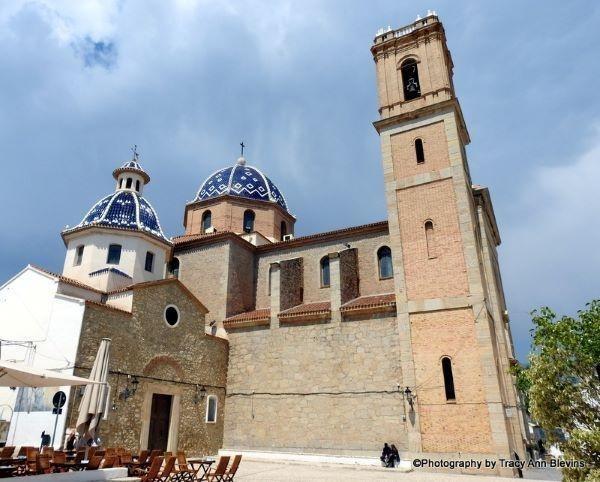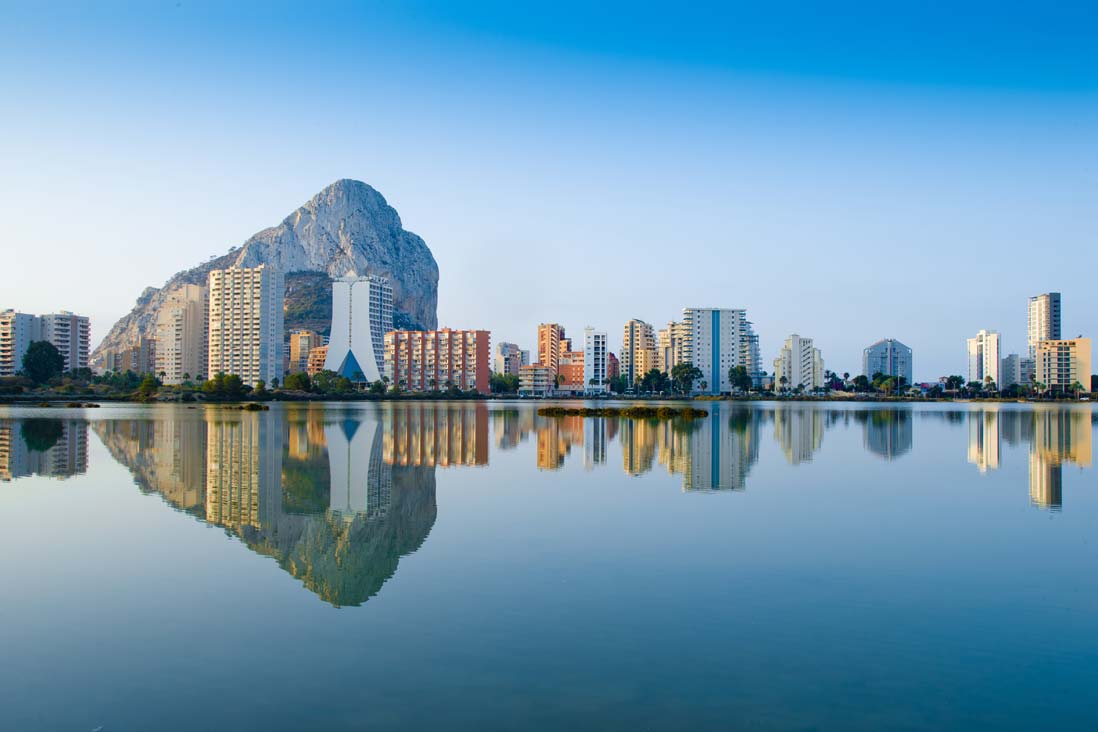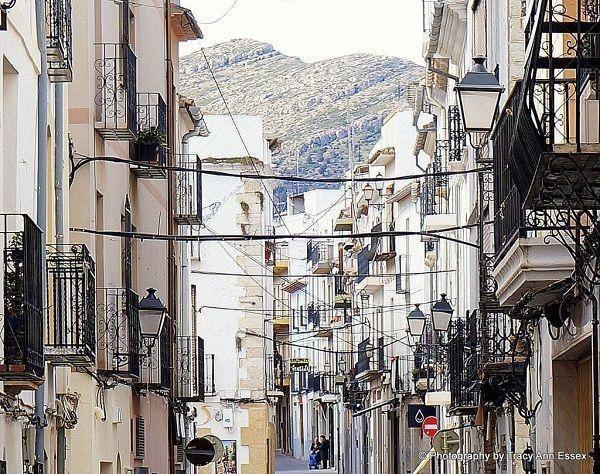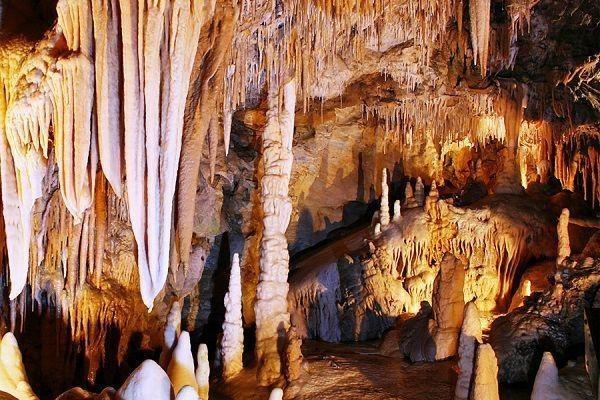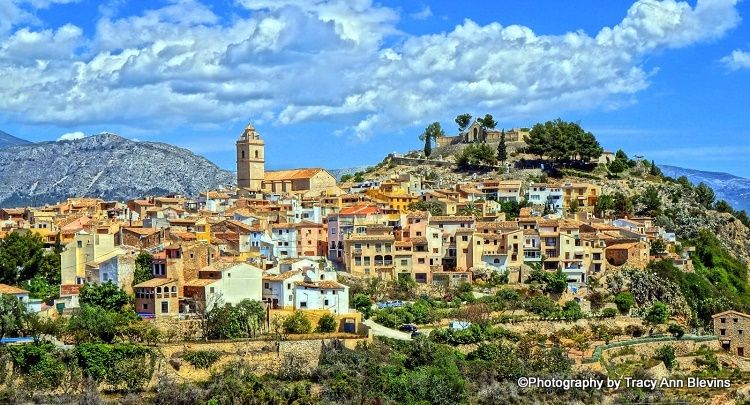Cullera is a coastal town located in the Ribera Baja region in the province of Valencia, Spain. It's situated about 40 kilometres south of the city of Valencia, and 100km North of Benidorm making it easily accessible for day trips.
Cullera is situated on the banks of the Júcar River, which irrigates the entire municipality through a historic irrigation system that dates back to the times of Muslim rule.
Cullera is known for its beautiful beaches, historical sites, and natural landscapes, making it a popular tourist destination. The historical parts of the city are to the south whilst the tourist district points to the sea in the east.

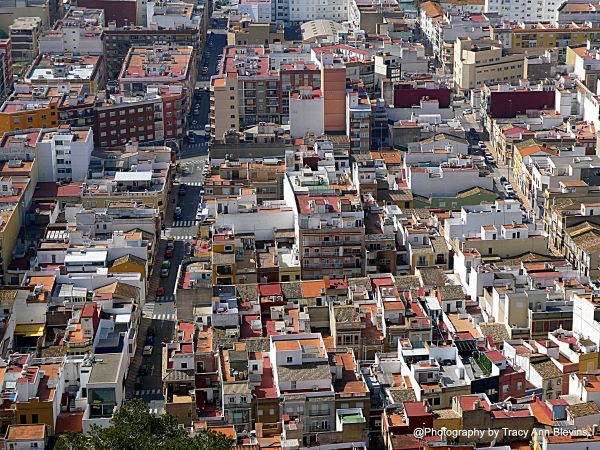
Here are some key attractions of Cullera:
Castle of Cullera (Castillo de Cullera): Situated atop one of the hills of Muntanya les Raboses, also known as Cullera Mountain, the Cullera Castle commands a height of approximately 100 meters. Offering an unparalleled vantage point, the castle affords visitors a breath-taking panorama of the Júcar river mouth and the entire Cullera coastline. On clear days, the silhouette of Montgó mountain in the province of Alicante can be discerned to the South.
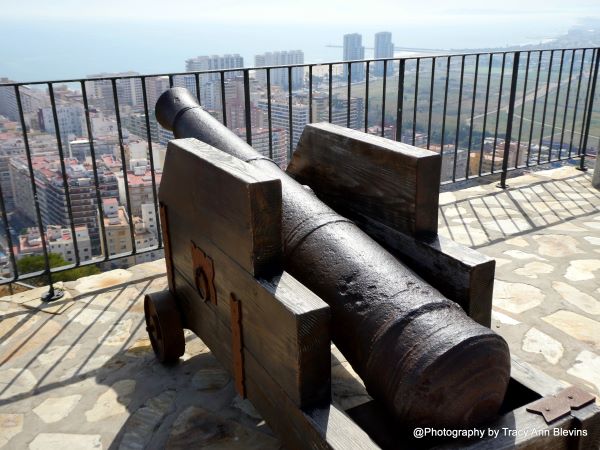
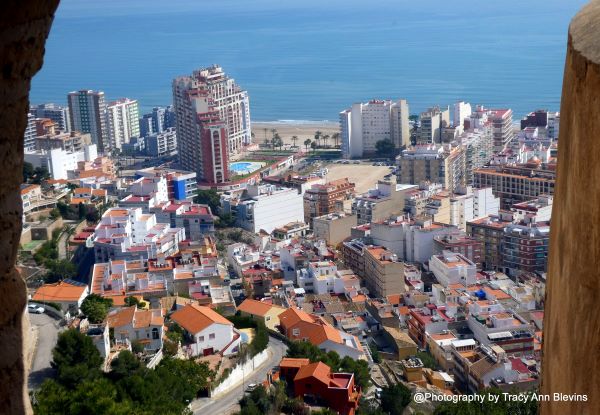
Originally constructed by the Córdoba state in the 9th century, the fortress served as a strategic stronghold for controlling natural resources, communication routes, and borders. Comprising the citadel and two albacaras (fortified enclosures), it provided shelter for troops, cavalry, livestock, and the local population during times of siege.
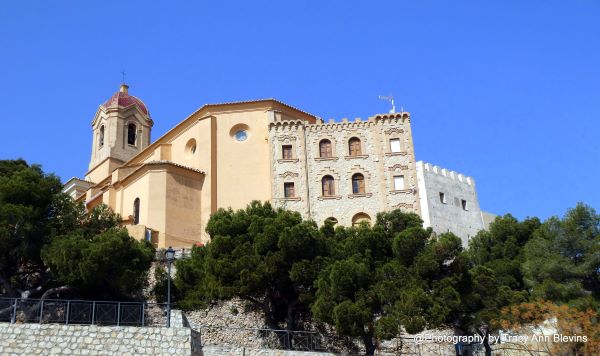
A network of towers, including the Torre de la Reina Mora or Santa Ana, Torre Miranda, Torre del Racó de San Antonio, Torre Desmochada, and Torre Octagonal, once linked the sections of walls encircling the Castle. Today, visitors can explore this walled complex, beginning their journey from the Torre de la Reina Mora or Santa Ana and following a path tracing the ancient perimeter.
Over the centuries, Cullera Castle has undergone numerous renovations, reconstructions, and reforms, bearing witness to significant historical events from the Middle Ages to the Carlist Wars. Designated as an Asset of Cultural Interest, it ranks among the most visited monuments following its restoration and enhancement.
Cullera, province of Valencia
During summer nights, the castle comes alive with a diverse array of activities, including theatre performances, magic shows, classical music concerts, exhibitions, and escape rooms. Traditional Valencian dance and music performances further enrich the cultural offerings at this historic site.
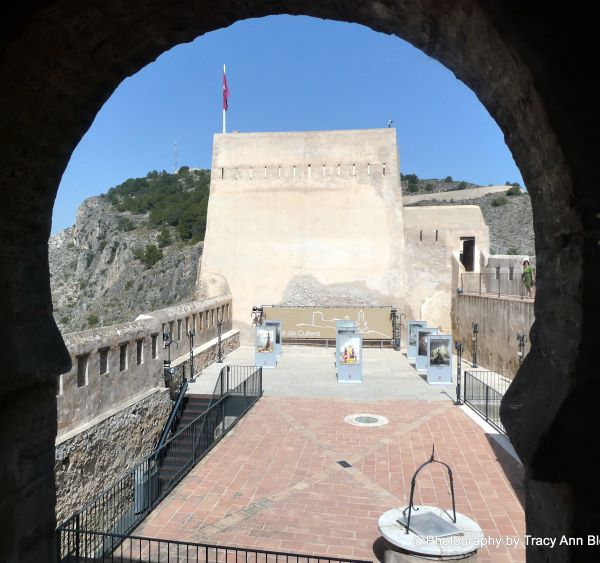
Inside the castle, visitors can delve into the rich history of Cullera and the fortress itself at the Municipal Museum of History and Archeology, which forms part of the Cullera Museum Network. Additionally, exhibitions and audio-visual presentations offer insights into the castle's storied past.
Adjacent to the fortress stands the Sanctuary of the Virgin of the Castle, home to religious artworks of immense value, including those dedicated to the Patroness of Cullera, the Virgin of the Incarnation.
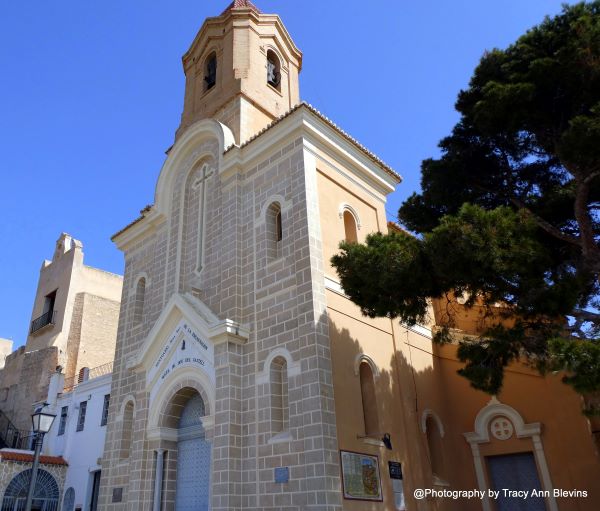
Open from 10:00 to 17:00
Admission Fee 3€
Note: some areas of the castle can be quite steep and uneven, so wear comfortable shoes with good grip.
Santa Marta Chapel: The Santa Marta Chapel. Dating back to the 14th century, is situated in a picturesque natural setting offering breath-taking views of the surrounding area. While only remnants of the original structure remain today, the journey to the chapel is well worth it for the stunning vistas of the sea and mountains along the pathway. It presents an excellent opportunity for a brief hiking excursion, allowing visitors to appreciate both the historical significance of the chapel and the natural beauty of the landscape.
Lighthouse (Faro de Cullera): The Cullera Lighthouse is another iconic landmark in the town. While the lighthouse itself isn't accessible to visitors due to security reasons, it still offers breathtaking views of spectacular sunrises and sunsets, making it a perfect spot for photography enthusiasts. Additionally, the area surrounding the lighthouse is ideal for leisurely strolls and hiking adventures, providing an opportunity to immerse oneself in the scenic beauty of the coastline.
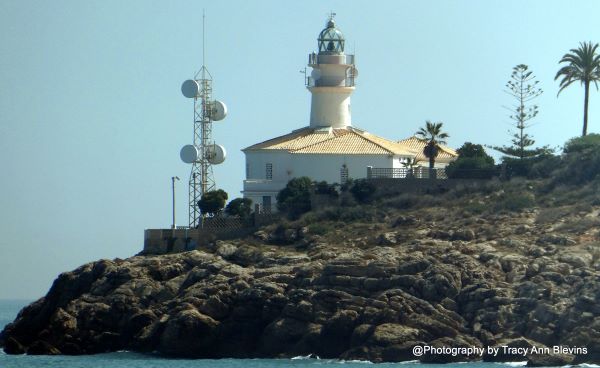
Cullera Market Gardens: The Municipal Market of Cullera, nestled in Plaza de la Virgen, the Municipal Market of Cullera showcases striking modernist architecture with a touch of Valencian ecclesiastical flair. Serving as the bustling hub of the area, it's a charming destination where visitors can procure fresh food items while marvelling at its architectural beauty. Additionally, the market hosts cultural events in its Auditorium and Multipurpose Hall, adding to its allure as a vibrant community centre.
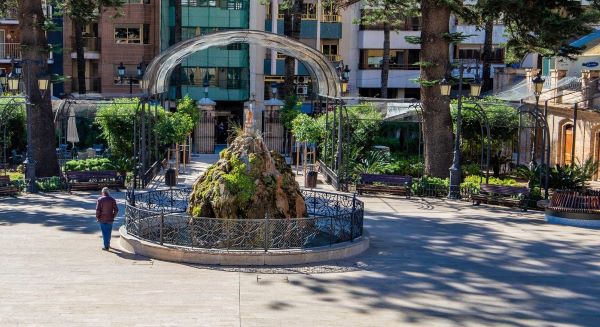
The Mercado Gardens also hold a hidden piece of history beneath its surface - the Civil War Air Raid Shelter. Constructed during the Spanish Civil War in response to the frequent bombings threatening Cullera and its residents, this shelter comprises two galleries situated beneath the rear naves of the Municipal Market, which now house the Auditorium and the Multipurpose Room.
These galleries represent one of the best-preserved examples of Civil War shelters in the entire Valencian Community, offering a glimpse into the past and the challenges faced by those living through the conflict.
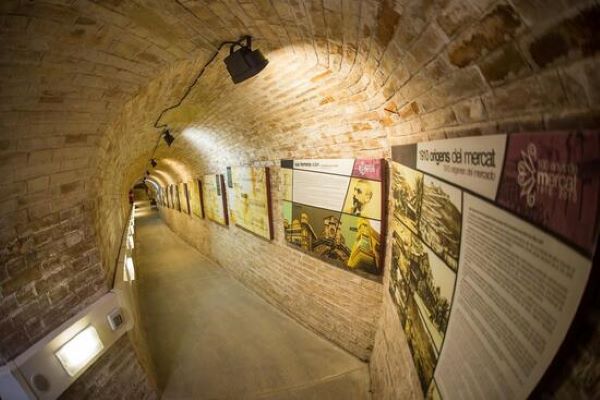
The Museum – Refugio de Cullera offers guided tours, providing visitors with a deeper understanding of the shelter's historical significance and the context of the Civil War.
To access the shelters, visitors can find the entrance adjacent to each of the rear naves of the market gardens, specifically located next to the Municipal Auditorium and next to the Multipurpose Hall. The address is Plaza de la Virgen, s/n.
The Cullera Rice Museum: Housed within the renovated Hermitage of the Saints of the Stone, San Abdón, and San Senén, revered patron saints of crop protection. Situated atop a hill overlooking expansive rice fields and the Albufera Natural Park, this historic building, originally erected in the 13th century and later expanded in the 17th century, offers a unique setting to explore the heritage of rice cultivation in the region.
The original structure, characterized by an elongated design with a pitched roof and cobblestone flooring, was later supplemented by a modern hermitage. Over time, these two buildings were integrated, with the older section serving as the hermit's dwelling.
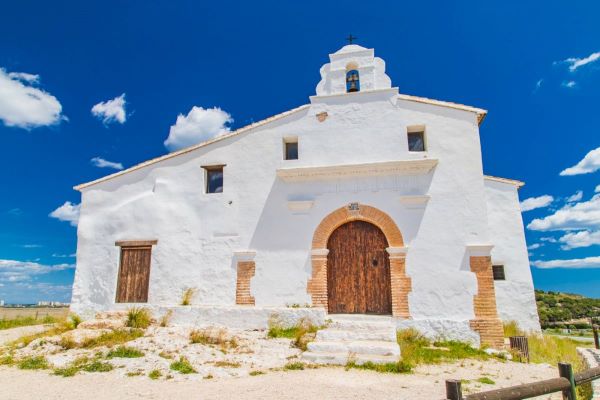
Within the museum, visitors can delve into the origins and traditional processes of rice cultivation, deeply intertwined with the Valencian landscape. The museum space, housed within the hermit's abode, showcases a range of exhibits including old photographs, documents, and an ethnological collection of tools and attire related to the historic practices of rice farming. These artifacts offer a captivating glimpse into the bygone era of rice cultivation and its significance in the region's cultural heritage.
The permanent exhibition within the Cullera Rice Museum provides insight into the cultivation and production of rice, highlighting its profound influence on local gastronomy. Through interactive displays and informative exhibits, visitors can gain a deeper appreciation for the rich history and enduring legacy of rice cultivation in Cullera and beyond.
Cullera, province of Valencia
Ctra. Nazaret – Oliva (ctra. del Saler). Next to the Aquópolis water park.
The Dragut Cave, also known as the Pirate Museum of Cullera: Commemorates the infamous raid on Cullera by the Turkish pirate Dragut in 1550, a significant event during the era of rampant piracy in the 16th century. Dragut, a lieutenant of the notorious Barbarossa, led a surprise attack on the city, catching its inhabitants off guard and seizing valuable goods and hostages.
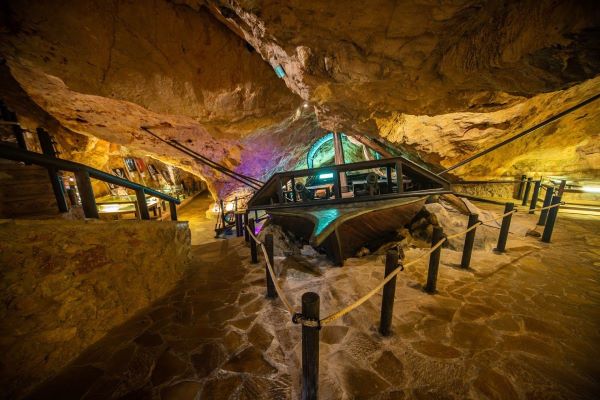
Legend has it that within the confines of this cave, located in the district of Faro de Cullera on the captivating Island of Thoughts at Cape Cullera, Dragut conducted negotiations for ransom in exchange for the release of hostages, effectively depopulating the area due to continuous threats.
Today, the Dragut Cave stands as the sole pirate cave-museum in Spain, offering a unique glimpse into the perilous life of Mediterranean pirates during the 16th century. Visitors are greeted by a diorama depicting Cullera in 1550, setting the stage for an immersive journey through the history of piracy, religious conflicts, the Inquisition, and advancements in navigation systems of the time.
The museum houses a remarkable collection of artifacts including old nautical instruments, artillery pieces, historical maps, clothing, and coins. Notably, visitors can explore a reproduction of a brig, a swift and formidable corsair galley used for raiding.
Guided tours featuring audiovisual presentations provide insight into the turbulent era of piracy, captivating both children and adults alike. Additionally, visitors can enjoy the scenic surroundings of Cape Cullera, perched on the cliffs overlooking the Mediterranean Sea.
Open from 11:00 am to 3:00 pm and from 4:00 pm to 8:30 pm. Admission prices are €5 for adults and €3 for children aged 4 to 14 years old. Optional tourist train rides are available from June to September, enhancing the overall experience of exploring this unique historical site located on Plaza Dr. Fleming, s/n (Cullera Lighthouse).
Natural Park of Cullera: This protected natural area encompasses diverse ecosystems, including wetlands, dunes, and forests. It's an excellent spot for hiking, birdwatching, and enjoying the region's biodiversity.
l'Estany lagoon: Nestled in the southern part of the municipal area, with its mouth opening into the sea. A peaceful and quiet place where you can relax in the middle of nature, walk along the shores of the lake, go hiking or enjoy a bike ride, the lagoon is also a popular fishing spot.
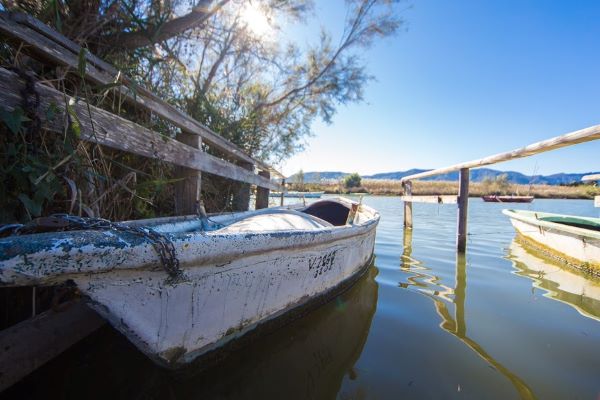
Head towards the south of the municipality along the Nazaret – Oliva highway, towards Brosquil – Tavernes de la Valldigna CV605, until the “Entrada de l' Estudiantent”.
Also from Avda. Marenyet. Passing by the Torre del Mareny. Next along Av del Estany to the lake.
Cullera, province of Valencia Aquopolis Water Park, Cullera: Water attractions for all tastes, nestled seamlessly into the surrounding mountains, the park boasts a picturesque natural setting, enhancing the overall experience for visitors.
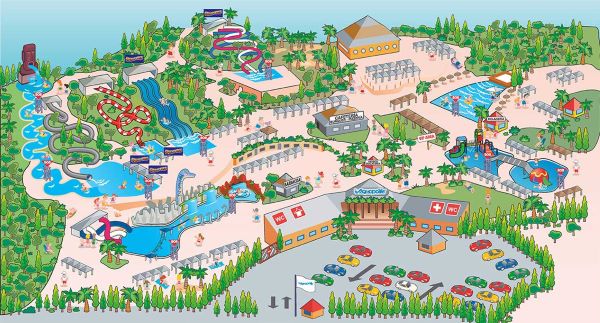
Aquopolis opened in 1985 on the outskirts of Cullera, the water park stands as a landmark attraction in the region and holds the distinction of being one of the earliest of its kind established in the country. Designed primarily for families with children and teenagers in mind, it offers a total of 11 attractions, ranging from thrilling slides to inviting pools. The most daring will enjoy attractions like Black Hole or Calypso and those who need a little relaxation can relax in the Wave Pool or the Amazon River.
Open from late June to early September, located on Carretera de Nazaret-Oliva km 33.
Dining out: Cullera is renowned for its delicious seafood dishes, particularly paella, which is a traditional Valencian rice dish. Visitors can sample fresh seafood and other regional specialties at the town's numerous restaurants and tapas bars.
Festivals and events: Throughout the year, Cullera hosts various cultural and recreational events, including music festivals, traditional fiestas, and religious celebrations. One of the most famous events is the annual Moors and Christians festival, which commemorates the town's historical battles against piracy.
Cullera, province of Valencia Water sports: With its prime location on the coast, Cullera offers ample opportunities for water sports enthusiasts. Activities such as windsurfing, sailing, jet skiing, and kayaking are popular among locals and tourists alike.
BEACHES: Cullera has a total of 11 beaches ranging from family-friendly beaches with full amenities, quiet coves that are perfect for snorkelling, as well as beaches offering water sports and even a naturist beach.
Raco Beach (Platja del Racó): Located at the northernmost part of Cullera, Raco Beach is a wide sandy beach with calm waters, making it perfect for families with children. It offers full amenities including lifeguard services, showers, and beach bars.
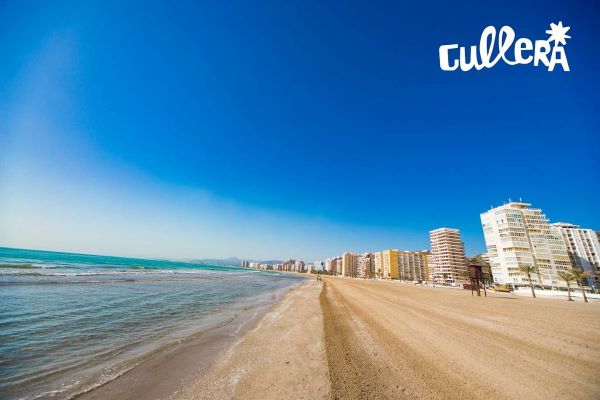
Sant Antoni Beach (Platja de Sant Antoni): Just south of Raco Beach, Sant Antoni Beach is another family-friendly beach known for its fine golden sand and shallow waters. It's equipped with facilities such as showers, beach bars, and sunbed rentals.
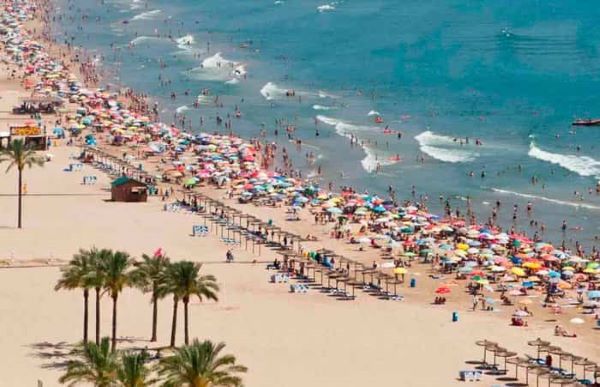
Los Olivos Beach (Platja dels Olivos): This beach is characterized by its tranquil atmosphere and natural surroundings. It's less crowded compared to other beaches in Cullera, making it ideal for those seeking peace and relaxation. Snorkelling enthusiasts will also enjoy exploring the underwater life here.
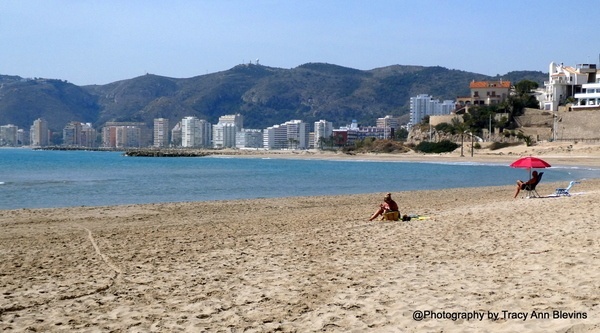
El Faro Beach (Platja del Faro): El Faro Beach is situated near the Cullera Lighthouse and offers beautiful views of the coastline. It's a relatively quiet beach with calm waters, suitable for swimming and sunbathing.
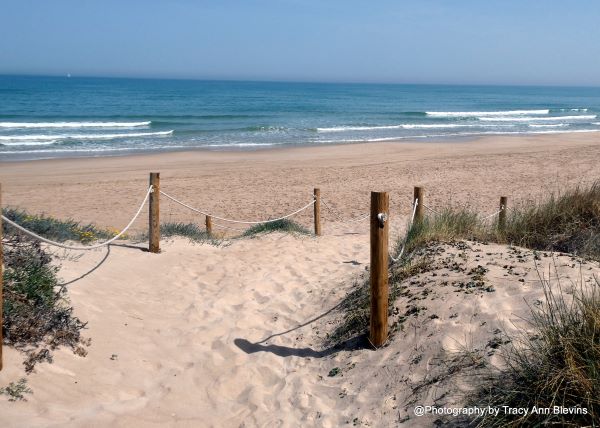
Cap Blanc Beach (Platja de Cap Blanc): Known for its rugged cliffs and clear waters, Cap Blanc Beach is popular among nature lovers and snorkelers. It's surrounded by cliffs, providing a picturesque backdrop for beachgoers.
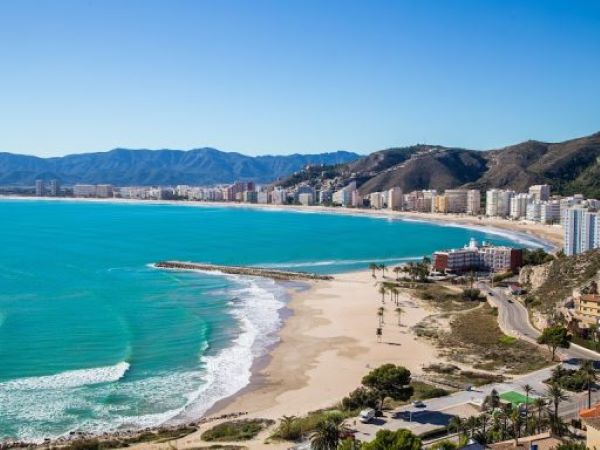
Marenyet Beach (Platja del Marenyet): Marenyet Beach is a wide sandy beach with moderate waves, making it suitable for water sports such as windsurfing and kiteboarding. It's equipped with facilities including showers, beach bars, and rental services.
San Antonio Beach (Platja de Sant Antoni): Not to be confused with Sant Antoni Beach mentioned earlier, San Antonio Beach is known for its vibrant atmosphere and lively beach bars. It's a popular spot for young crowds and offers various water sports activities.
Brothers Beach (Platja dels Germans): Brothers Beach is a secluded cove surrounded by cliffs, offering a peaceful environment for visitors. It's a great spot for snorkelling and enjoying the natural beauty of the coastline.
Cullera, province of Valencia
Racó del Mar Beach (Platja del Racó del Mar): This beach is characterized by its pristine waters and soft golden sand. It's relatively quiet compared to other beaches in Cullera, making it perfect for those seeking tranquility.
El Dosel Beach (Platja del Dosel): El Dosel Beach is known for its wide stretch of sand and calm waters, making it suitable for families with children. It's equipped with amenities such as showers, beach bars, and sunbed rentals. In Cullera, the naturist beach is Playa del Dosel. This beach is known for its tolerant attitude towards nudity, and it's where naturists often gather. It's located towards the southern end of Cullera's coastline. While it's not officially designated as a naturist beach, it's commonly acknowledged as such by locals and visitors alike.
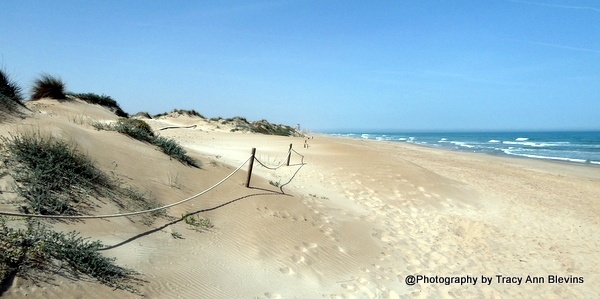
Escollera Beach (Platja de l'Escollera): Located at the southernmost tip of Cullera, Escollera Beach is a small secluded cove surrounded by rocks. It's a peaceful spot for swimming and sunbathing away from the crowds.
Overall, Cullera is a charming coastal destination that offers a perfect blend of natural beauty, cultural heritage, and recreational activities, making it an ideal choice for travellers seeking a memorable experience in the Valencia region.






